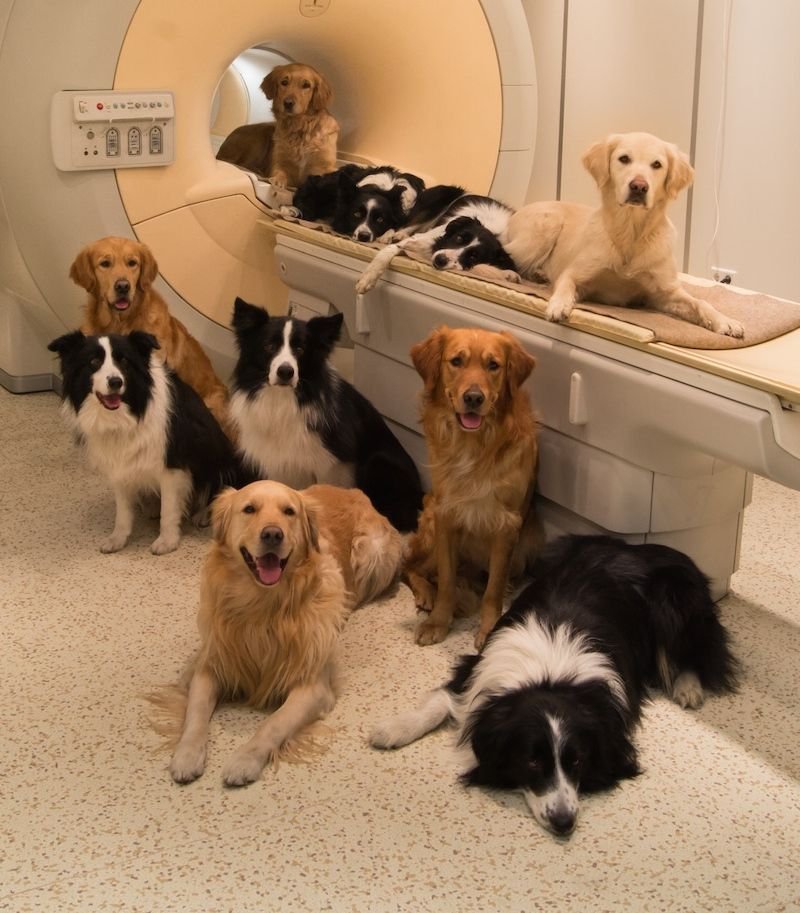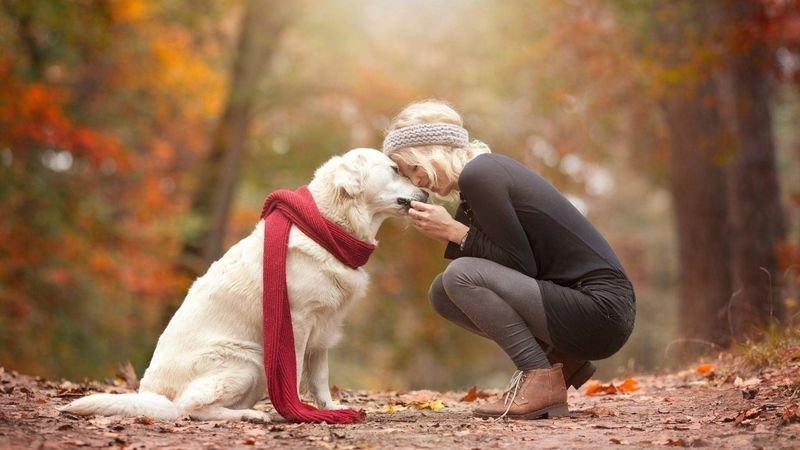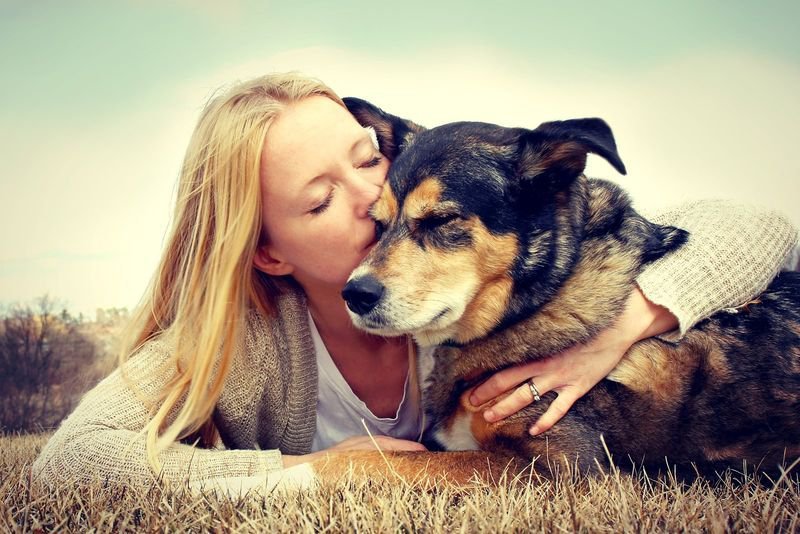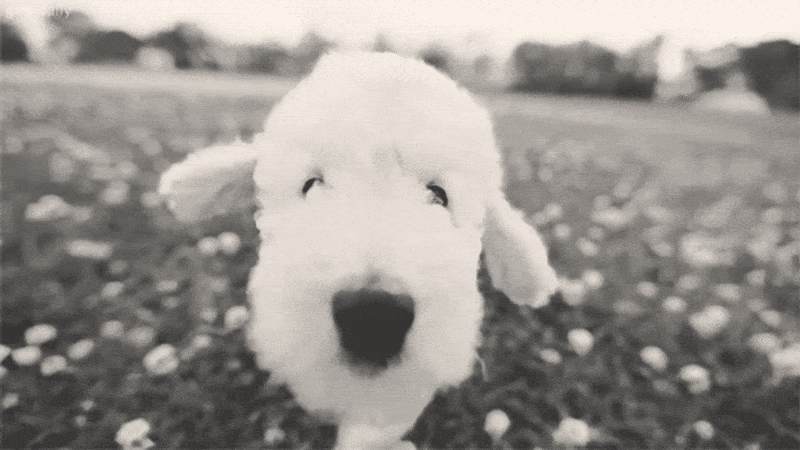Dogs have firmly established themselves as man’s best friend since and the reasons for that are many. So far, their fuzzy cuddles and their unmissable joy at our sheer existence have served as good ones, but it wasn’t until recently when the scientific advancement of our race allowed us to finally spell out what these are.
Recent studies have come together to give us a clearer picture of what makes the bond between us and our adorable lil’ mutts stronger than an angry Bruce Banner. Read on for the delightful things science has found out about our loveable pooches.

1. The owner’s aroma triggers the ‘reward center’ in a dog’s brain.

Because dogs navigate the world through their noses, the way they process smell offers a lot of potential insight into social behaviour. And introducing the scent of their owners was found to spark activity in the caudate nucleus (also known as the ‘reward or pleasure center’) of the brain that goes to show how dogs prioritize the presence of their human over anything or anyone.
2. The way dogs interpret emotionally laden vocal cues is strikingly similar to how humans do.

Researchers found that happy sounds, in particular, light up the auditory cortex in both species. This likeness is an important step in explaining the indisputably efficient communication system underlying dog-human interaction. So mind you, dogs don’t justseem to pick up on our subtle mood changes – they’re actually physically wired to detect them.
3. Dogs see their humans much like babies sees their parents.

Animal behaviour research supports that dogs see their human caregivers as family – a figure of innate security and belonging. When dogs are scared or worried, they run to their owners, just as distressed toddlers make a beeline for their parents. This is in stark contrast to other domesticated animals: Petrified cats, as well as horses, will run away.
4. Dogs are the only non-primate animals to look people in the eyes.

5. People reciprocate dogs’ affection and see them as one of their own.

Researchers that observed human brain activity in response to photographs of their children and their dogs, found that the parts of the brain that were stimulated upon such exposure were those associated with emotion, reward, affiliation, visual processing and social interaction. Basically, both furry and (typically) less-furry family members make us equally happy.
6. Our instinctive hunches about dog behaviour are often correct.

Now, the hangdog look – known to signify guilt – is actually a myth, since most behaviour experts agree it requires a multifaceted notion of self-awareness that dogs probably don’t have. However, as with our family, more often than not, our intuition about what’s going on inside dogs’ heads is dead-on.

So go on and give your furry best friend a big hug, ’cause science has made it official – our dogs love us every bit as much as we’d always hoped, if not much much more.

















